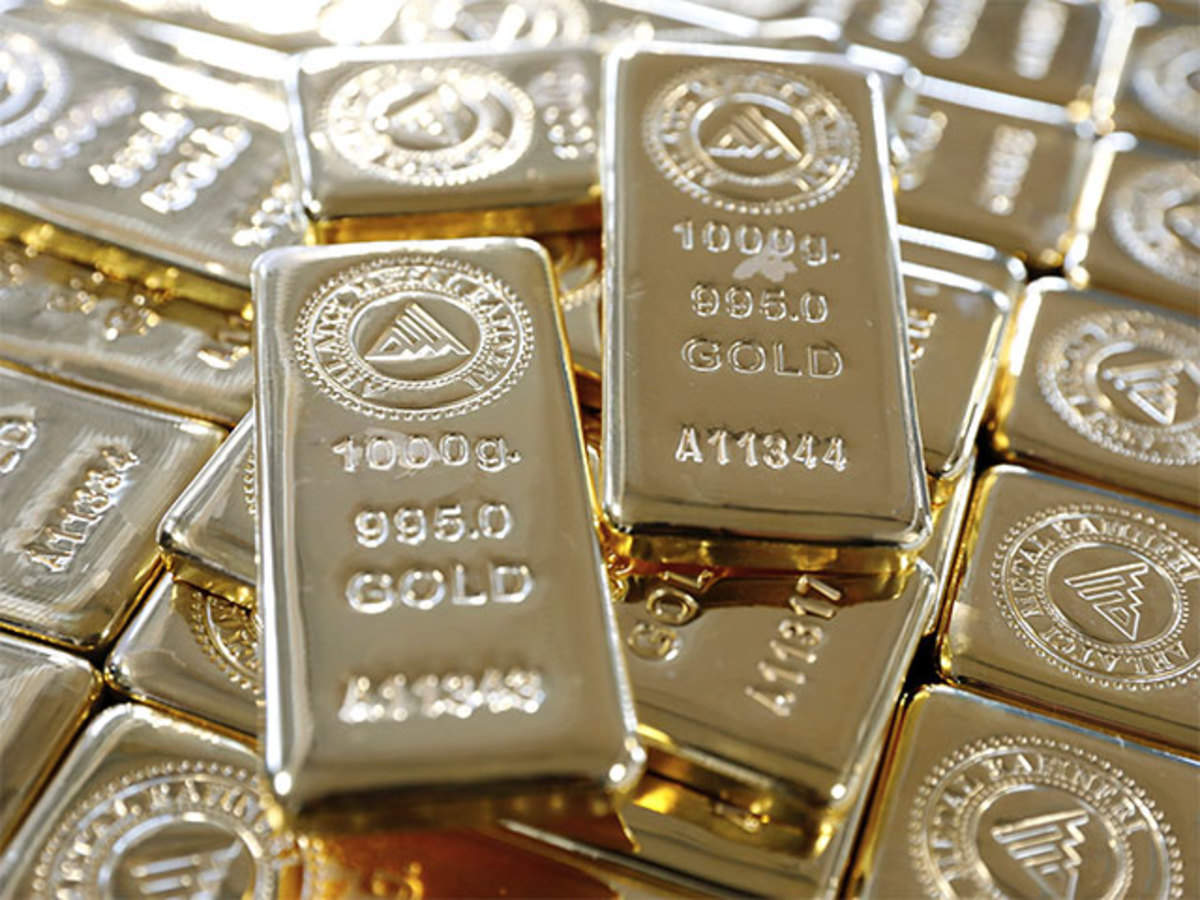
Gold Futures Consolidate as Open Interest Declines and Dollar Weakens
Gold prices show potential for further consolidation as open interest and volume decline while the dollar weakens
Open interest in gold futures markets dropped for yet another session on Wednesday, this time by nearly 4K contracts, according to preliminary readings from CME Group. Volume followed suit and went down by around 91.2K contracts, reversing the previous daily build.
Gold faces further consolidation in the near term Wednesday’s small gains in gold prices were amidst shrinking open interest and volume, and this is suggestive that a more serious rebound seems unlikely for the time being. That said, the precious metal appears poised for further consolidation in the very near term, with the floor around the $1930 region. Gold futures popped above $2,000 an ounce on Thursday, the first time in two weeks, and settled not far from there as the yellow metal looked poised for its best weekly return since March as the dollar tumbled on weaker U.S. employment and manufacturing data that suggested a rate hike pause in the next two weeks.
The front-month gold contract on New York’s Comex settled at $1,995.50 an ounce, up $13.40, or 0.7%, on the day. The benchmark gold futures hit a two-week high of $2,000.65 earlier. For the week, gold is looking at a return of 2.6%, its most since the week to March 10.
The spot price of gold, which reflects physical trades in bullion and is more closely followed than futures by some traders, was at $1,976.39 by 14:53 ET (18:53 GMT), up $13.72 or 0.7% on the day. Spot gold got to as high as $1,983.17 earlier in the session.
The Dollar Index, which pits the U.S. currency against six competing majors, had its biggest one-day tumble since March 10, falling 0.7%, to a session low of 103.435. The drop came after an industry report showed layoffs in the U.S. tech, retail and auto sectors surged last month as overall hirings came in at the lowest since 2016.
The data by employment tracker Challenger, Gray & Christmas, Inc offered an alternative view to the notion that the labor market was still too strong and feeding inflation persistently. It could influence the Federal Reserve to look the other way instead of raising rates for an 11th time in 16 months when the central bank’s policy-makers sit on June 14.
The dollar also fell as Patrick Timothy Harker, one of the Fed policymakers and its president for the region of Philadelphia, said on Thursday the central bank “should at least skip raising rates in June.”
All eyes — at least on the gold market — are now on Friday’s non-farm payrolls report for May. The Fed has identified runaway jobs and wage growth since the worst of the COVID-19 breakout three years ago as among the principal reasons for some of the worst U.S. inflation in 40 years.
Economists are projecting a growth of 180,000 for May’s non-farm payrolls report, versus April’s 253,000. Any figure below 200,0000 reported by the Labor Department would be viewed as dollar-negative and gold-positive.
“Gold prices are enjoying some soft U.S. data that is bringing down those Fed rate hike odds,” said Ed Moya, analyst at online trading platform OANDA. “If the U.S. jobs report doesn’t impress, that could be the catalyst that takes gold back above the $2,000 level.”
Gold futures settled higher on Thursday after briefly climbing above $2,000 an ounce on an intraday basis for the first time since mid-May. This week is "highly important for gold traders as the U.S. jobs data is going to lay the foundation for gold's price action," said Naeem Aslam, chief investment officer at Zaye Capital Markets. Gold for August delivery climbed $13.40, or 0.7%, to settle at $1,995.50 an ounce on Comex after trading as high as $2,000.70 during the session, FactSet data show.
Gold futures settled higher on Thursday as the dollar dropped and bond yields fell amid improved risk sentiment.
Gold prices were subdued earlier in the day despite the dollar's weakness and a drop in Treasury yields. However, bullion found support and surged higher as the day progressed.
Risk sentiment improved after the bill to raise the debt limit and cap government spending in the U.S. was passed by a wide margin late Wednesday.
The U.S. Senate will vote on the bill later this week before President Joe Biden can sign it into law.
The dollar index dropped to 103.53, losing about 0.75%.
Gold found support as comments from Philadelphia Federal Reserve President Patrick Harker and Fed Governor and vice-chair nominee Philip Jefferson signaled willingness to skip raising rates next month to assess incoming data.
Gold futures for August ended higher by $13.40 or about 0.7% at $1,995.50 an ounce.
Silver futures for July ended up $0.400 at $23.987 an ounce, while Copper futures for July settled at $3.7110 per pound, gaining $0.0740.
Read More
-
GPIQ ETF Rises on 10% Yield and AI Boom as Investors Brace for Tech Volatility
14.10.2025 · TradingNEWS ArchiveStocks
-
Ripple (XRP-USD) Stabilizes at $2.51 as Whales Buy $5.5B and ETF Outflows Shake Crypto
14.10.2025 · TradingNEWS ArchiveCrypto
-
Natural Gas Price Forecast - NG=F Falls to $3.07 as Supply Glut and Weak Heating Outlook Hit Demand
14.10.2025 · TradingNEWS ArchiveCommodities
-
USD/JPY Price Forecast - Dollar to Yen Slides to 151.80 as Trade Tensions Boost Yen Strength
14.10.2025 · TradingNEWS ArchiveForex



















